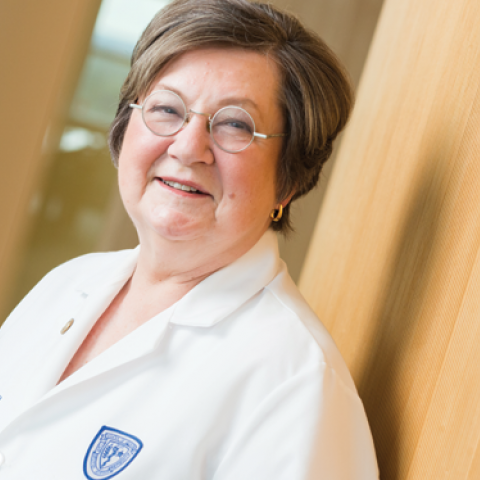Another week has gone by. My grandchildren who are in town, chauffeured by their parents, have driven by every public playground on the way to our house and found each one occupied. The best, unoccupied one, although 30 minutes away, is in my backyard.
My husband and I watch from our window, and I come out on the deck and speak to them. The seven-year-old manages well, but the three-year-old does not understand social distancing and comes running up to collect his hug. He did not know why Grandpa Jim and Mimi could not be visited. They were RIGHT THERE. The seven-year-old knew better. Newly possessed of an electronic communications device long resisted by her parents, and gifted with an increasing vocabulary and writing skills, she now knows how to text and use the phone, and is acquiring a taste for it. In our backyard, she came within 10 feet but stopped there.
The three-year-old was not done, however. I had unlocked the door so that the potty was available. He asked to go, and, once inside, he made a break for it. His mom was alert and thwarted the escape to his grandparents, but he was disappointed indeed.
And so, we feel the social distance – and the loss. We are so firmly separated from loved ones, especially high-touch loved ones. We mourn our hugs and conversation. And we steel ourselves for this to persist still longer.
We all have had to give things up. Our Class of 2020 students will remember CWRU without the pageantry of commencement or the buzz of Match Day, and they will enter residency at a high-pressure, dangerous time. Our other students cannot meet with their peers or treasured professors who, in another time and place, might have changed their lives.
We have learned to work alone, with a video picture on our computer screen – or worse, with a disembodied voice on our phone. But medicine is not a solitary profession. As physicians – and scientists – we learn from the professional community and are better for it. As doctors, we are taught to respond to nonverbal cues, to slight shifts in the feet, to gait, to odors, to skin color, to the myriad pieces of evidence that are so easy to miss on a telehealth video of someone’s head and neck, and are missing entirely on the phone.
A critical part of healing is the human part – caring, conveying our empathy, or just being there even when we have run out of medical options. Medicine is strongly and profoundly an engaged profession. We must somehow regain this human connection that lies at the heart of medicine and medical training. In this strangest of times, when the world is upended, we must not lose sight of these core values.
As we progress through the stages of grief and loss, we also know that we are holding our breath for a very challenging reentry into our former lives. Nothing will be the same. My seven-year-old granddaughter will now be tech-engaged – she can’t go back. It will take some time to re-engage with my grandson who feels rejected and hurt and is only beginning to use words to say so. We will do many puzzles together, have many conversations and many cooking expeditions with them before we are “back.”
For our colleagues and students and patients, there will be many encounters before the easy camaraderie returns. We all will be waiting for it – and welcoming it.
Pam


